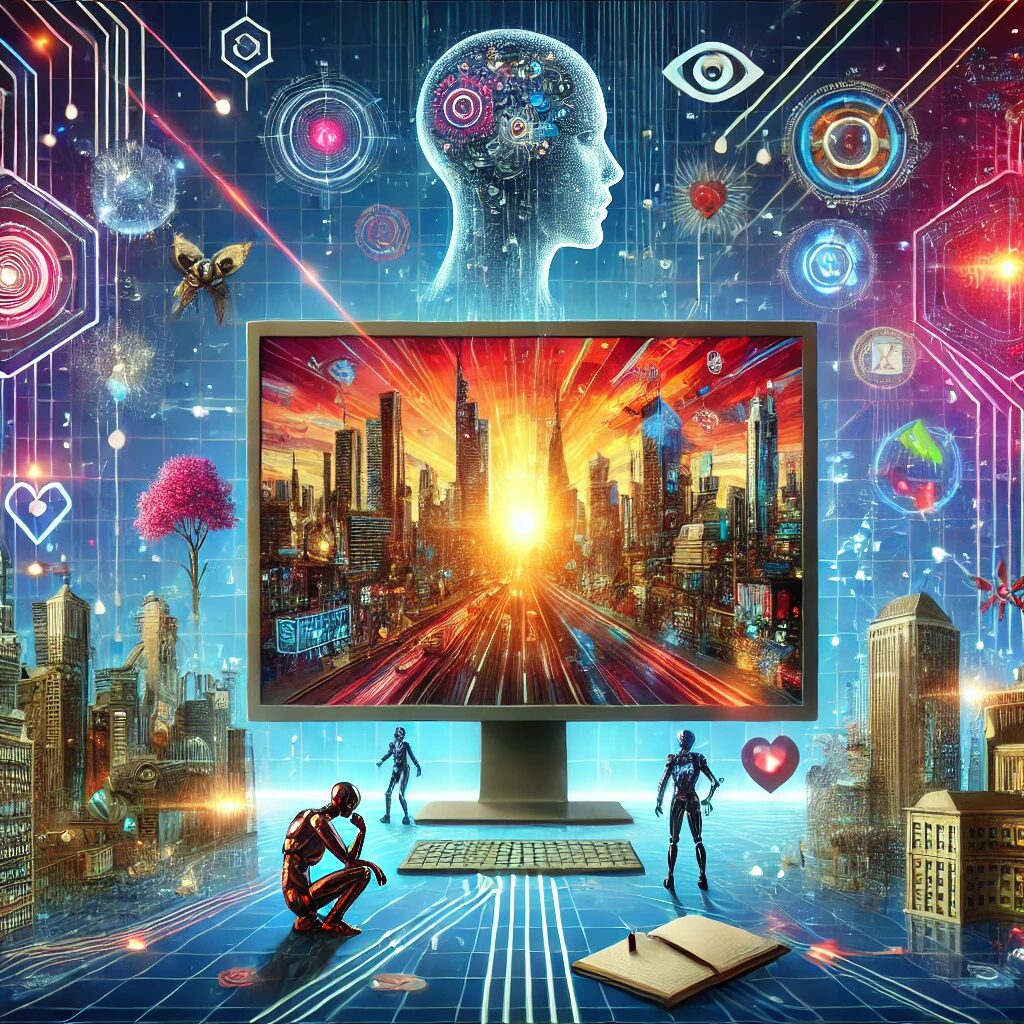Introduction
Published in 1984, William Gibson’s novel Neuromancer has had a profound influence on the fields of computer science and the internet. As one of the seminal works in the cyberpunk genre, Neuromancer introduced concepts and terminology that have become integral to our understanding of the digital world. This article explores the various ways in which Gibson’s work has impacted technology and culture.
Coining the Term “Cyberspace”
Perhaps the most significant contribution of Neuromancer to computer science is the introduction of the term “cyberspace.” Gibson described cyberspace as a “consensual hallucination” experienced by billions of legitimate operators, a virtual reality data space accessed by users. This concept predated the widespread adoption of the internet and offered a visionary depiction of a global network of interconnected systems.
Inspiring the Development of Virtual Reality
Gibson’s portrayal of cyberspace has directly influenced the development of virtual reality (VR) technologies. His vivid descriptions of immersive digital environments have inspired computer scientists and engineers to create VR systems that mimic the immersive experiences depicted in the novel. Companies like Oculus VR and advancements in augmented reality (AR) can trace some of their conceptual origins back to Neuromancer.
Influencing Cybersecurity
Neuromancer also played a crucial role in shaping the field of cybersecurity. The novel’s depiction of hackers navigating through cyberspace to infiltrate systems and steal information has influenced both the portrayal of hacking in popular culture and the development of security measures to protect digital assets. The idea of a digital frontier where security is paramount has become a cornerstone of modern cybersecurity strategies.
Shaping Internet Culture
Beyond technology, Neuromancer has had a lasting impact on internet culture. The novel’s themes of digital identity, virtual communities, and the blending of human and machine have resonated with generations of internet users. The cyberpunk aesthetic, characterized by a gritty, dystopian view of the future, has become a cultural touchstone, influencing everything from fashion to music to other literary works.
Predicting Technological Trends
Gibson’s work has been lauded for its prescient vision of the future. Concepts such as artificial intelligence, neural interfaces, and the rise of megacorporations controlling digital spaces were all explored in Neuromancer. These ideas have not only come to fruition but have also driven discussions around the ethical and societal implications of advanced technologies.
Conclusion
William Gibson’s Neuromancer has left an indelible mark on the fields of computer science and the internet. By coining new terminology, inspiring technological innovations, and shaping cultural perceptions of the digital world, Gibson’s work continues to influence and inform our understanding of the rapidly evolving landscape of technology. As we navigate the complexities of the digital age, the legacy of Neuromancer remains a guiding beacon for both technologists and cultural theorists alike.


